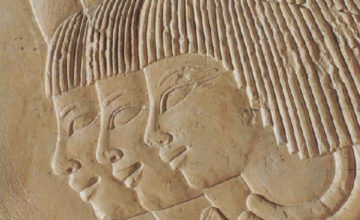
Three Forces and the Three Lines of Work
Intervals in an octave are places where other octaves may enter and move things in a different direction. Intervals can result in an outcome completely different from what we expect.
Read More…The Fourth Way and Esoteric Traditions

Intervals in an octave are places where other octaves may enter and move things in a different direction. Intervals can result in an outcome completely different from what we expect.
Read More…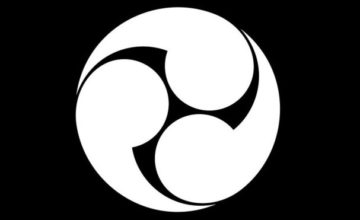
The Fourth Way teaches that the Law of Three is one of two cosmic laws. It states that every phenomenon, whether physical or psychological, is the result of three forces coming together in a moment. These forces are active, passive and neutral–or affirming, denying and harmonizing. Let’s take the example of learning to play a […]
Read More…
If we understood the law of octaves, we could see more clearly how the universe unfolds, or how a tree grows, or how learning requires special efforts at certain, very specific, points.
Read More…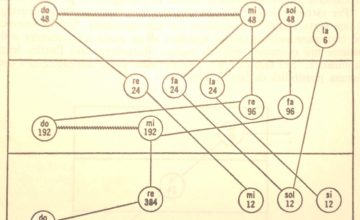
Reading the Food Diagram pages in Ouspensky’s In Search of the Miraculous can be difficult. However, theoretical work lights the way for practical work. Practical work, in turn, helps to further decipher the theory. If the two don’t proceed together, work stops. It’s also possible to learn something well enough to perform it, even if you don’t […]
Read More…
When we read about the law of three and the law of seven, it sounds like an exact science, but we are somewhere between theory and practice. We see that the lines of events and actions can actually be known, calculated, planned for in advance. When we observe our inner world and our life in the external world, it is not easy to find this exactness. Nothing seems to follow a straight line. The motives and end results, the endings and beginnings of our actions are unclear.
Read More…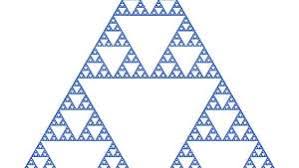
Ordinarily—that is, in the second state—our machines function on the basis of stimulus and response. This means that some stimulus is the first force for our actions. The stimulus initiates the action, while our reactions to it are the second force. The third force determining the nature of the reaction comes from our mechanicality: chief feature, type, and so on.
When we we are observing ourselves, however, our work introduces a new triad. In this triad, the work is the first force and mechanicality is the second force. The observer (and eventually the steward and then higher centers) is the third force. This represents the process of regeneration, in which the form provided by the Work acts on the matter of the machine with a third force stemming from consciousness.

The Law of Three and the Law of Seven can be studied both outside oneself, in external phenomena, and within. The enneagram symbol is a representation of both these two cosmic laws.
Read More…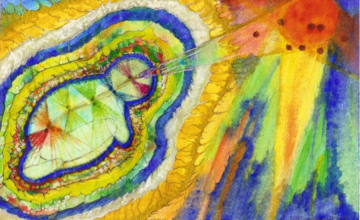
A man who struggles to balance the energy of his lower centers begins to awaken his soul. His soul functions as the energetic or active force. His spirit plays the role of the passive force and welcomes the energy of the soul. His body is the formative nature, transmuting the physical and chemical elements of man’s whole organism. Such a man is usually the product of a conscious school.
Read More…
The tension between the fire of my desire to remain present at this moment and the chill of the inevitable fall, produces a silent containment in my entire being. I can see my true dimension as well as my nothingness, my lack of proper energy and my surrender to that. At the same time, there is a sacred direction in this octave. The process of defeat creates a shock and at the same time evokes a transformation.
Read More…
The writings here on The Law of Seven and Chief Features are from a series of posts in 2019 from a closed Facebook group, Gurdjieff Ouspensky Self Observation, led by David Tuttle. As the enneagram predicts, manifestations of the Law of Seven govern the variety of human activities. Under the law of seven is the […]
Read More…